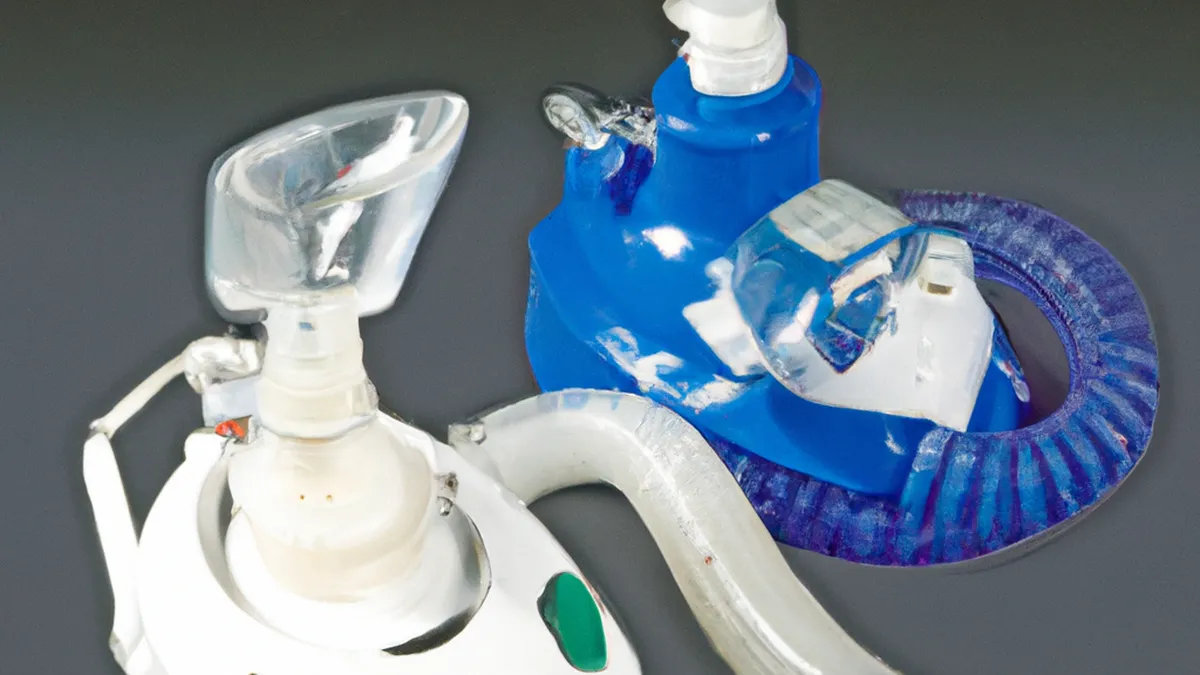Energy Flow: Breathing for Better Recovery
The Role of Breathing Techniques in Recovery Practices
Breathing techniques serve as powerful tools in recovery practices. They aid recovery from physical exertion, stress, and emotional turmoil. Your breath plays a pivotal role in this journey. These methods enhance physical recovery and promote mental well-being. This article explores how breathing techniques improve your recovery and overall quality of life.
Understanding Breathing Techniques
Breathing techniques involve intentional breath control. They range from simple deep breathing to complex patterns like the Wim Hof method or pranayama. By regulating your breath, you influence your body’s physiological and psychological states. Ancient traditions support this practice, and modern science validates its effectiveness.
Incorporating these techniques into your routine yields significant benefits. Use them during workouts, meditation, or stressful moments. Understanding these techniques is crucial for effective recovery.
Deep Breathing
Deep breathing forms the foundation of many techniques. It involves inhaling deeply through your nose and exhaling slowly through your mouth. This practice increases oxygen flow, promotes relaxation, and activates the parasympathetic nervous system. Focusing on your breath reduces anxiety, lowers heart rates, and enhances concentration.
To practice deep breathing, find a quiet place to relax. Close your eyes and take a slow, deep breath in through your nose. Hold your breath briefly, then exhale slowly through your mouth. Repeat for several minutes, focusing on your breath sensations.
Box Breathing
Box breathing, or square breathing, promotes calmness and clarity. This method has four steps: inhale for four counts, hold for four counts, exhale for four counts, and pause for four counts. This structured approach calms your nervous system.
To practice box breathing, visualize a box while you breathe. Inhale for four counts, imagining tracing one side of the box upward. Hold for four counts, exhale for four counts while tracing downward, and pause for another four counts. This technique helps regain focus during stress or after exertion.
Diaphragmatic Breathing
Diaphragmatic breathing emphasizes using your diaphragm, a dome-shaped muscle at the base of your lungs. This technique promotes full oxygen exchange and increases lung efficiency. To practice diaphragmatic breathing, lie on your back and place one hand on your abdomen.
Conclusion
Breathing techniques significantly enhance recovery. They improve physical healing and support mental well-being. Incorporate these practices into your daily life for optimal benefits.
Below are related products based on this post:
FAQ
What are breathing techniques and how do they aid in recovery?
Breathing techniques involve intentional breath control, such as deep breathing, box breathing, and diaphragmatic breathing. These methods help recover from physical exertion, stress, and emotional turmoil by enhancing oxygen flow, promoting relaxation, and improving mental clarity.
How do I practice deep breathing effectively?
To practice deep breathing, find a quiet place to relax, close your eyes, and take a slow, deep breath in through your nose. Hold your breath briefly, then exhale slowly through your mouth. Repeat this process for several minutes, focusing on the sensations of your breath.
Can breathing techniques be used during workouts?
Yes, breathing techniques can be effectively incorporated into workouts. They help regulate oxygen intake, enhance performance, and promote relaxation during and after physical exertion. Techniques like box breathing can also aid in regaining focus during intense exercise or stressful situations.















Post Comment